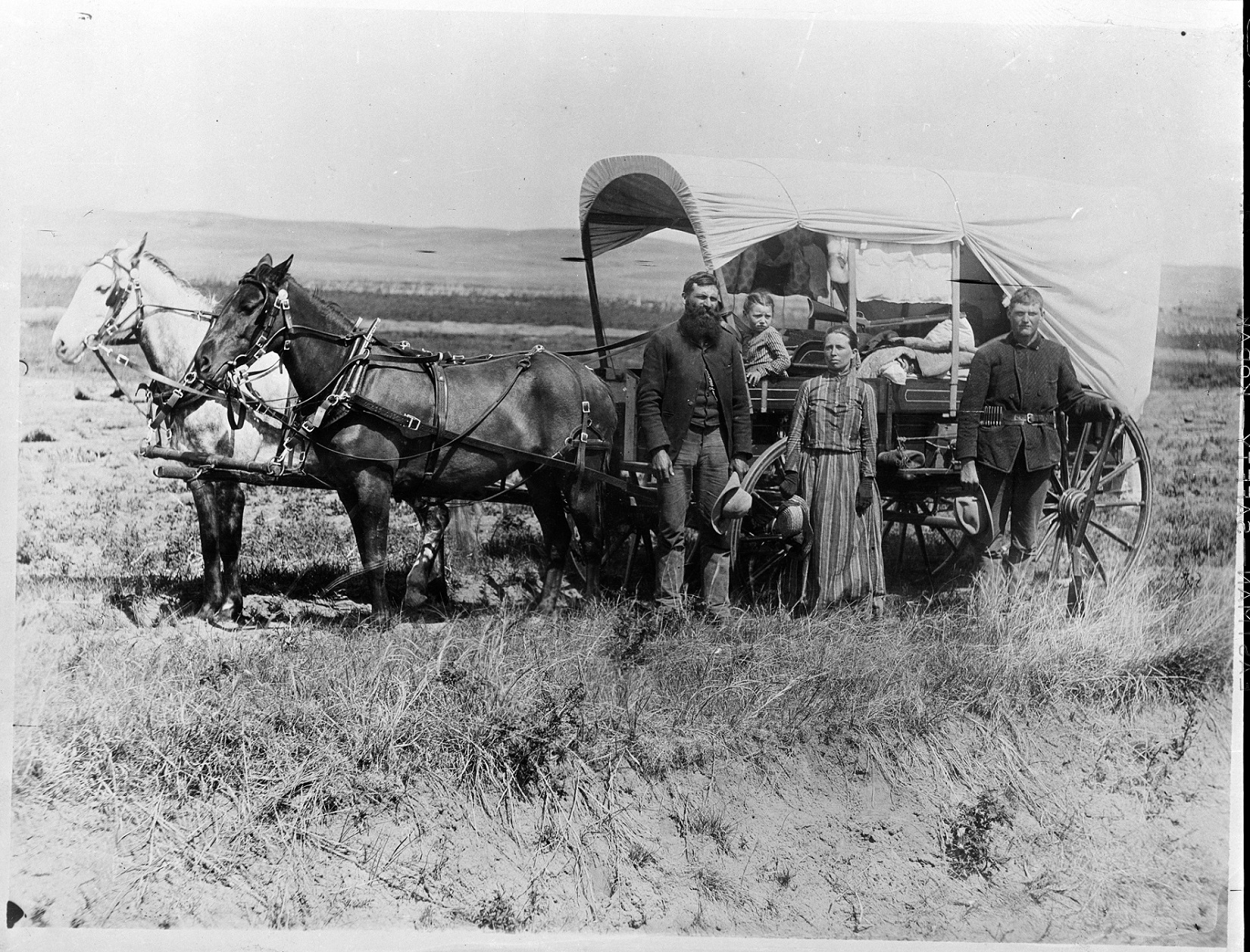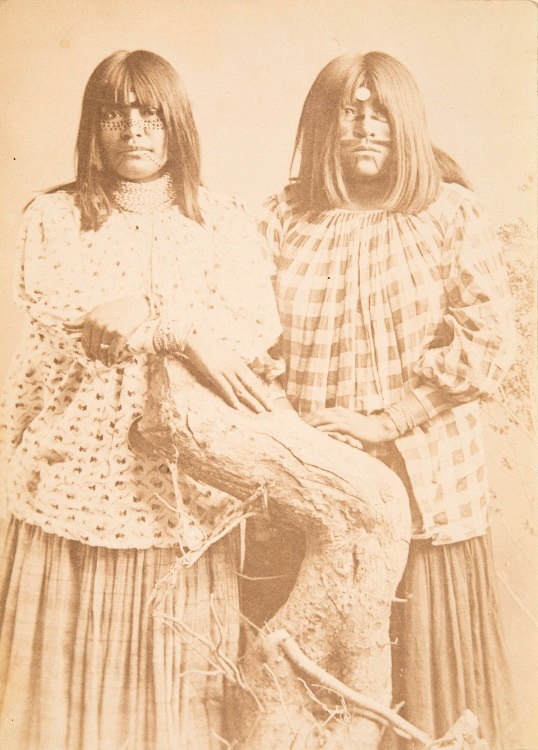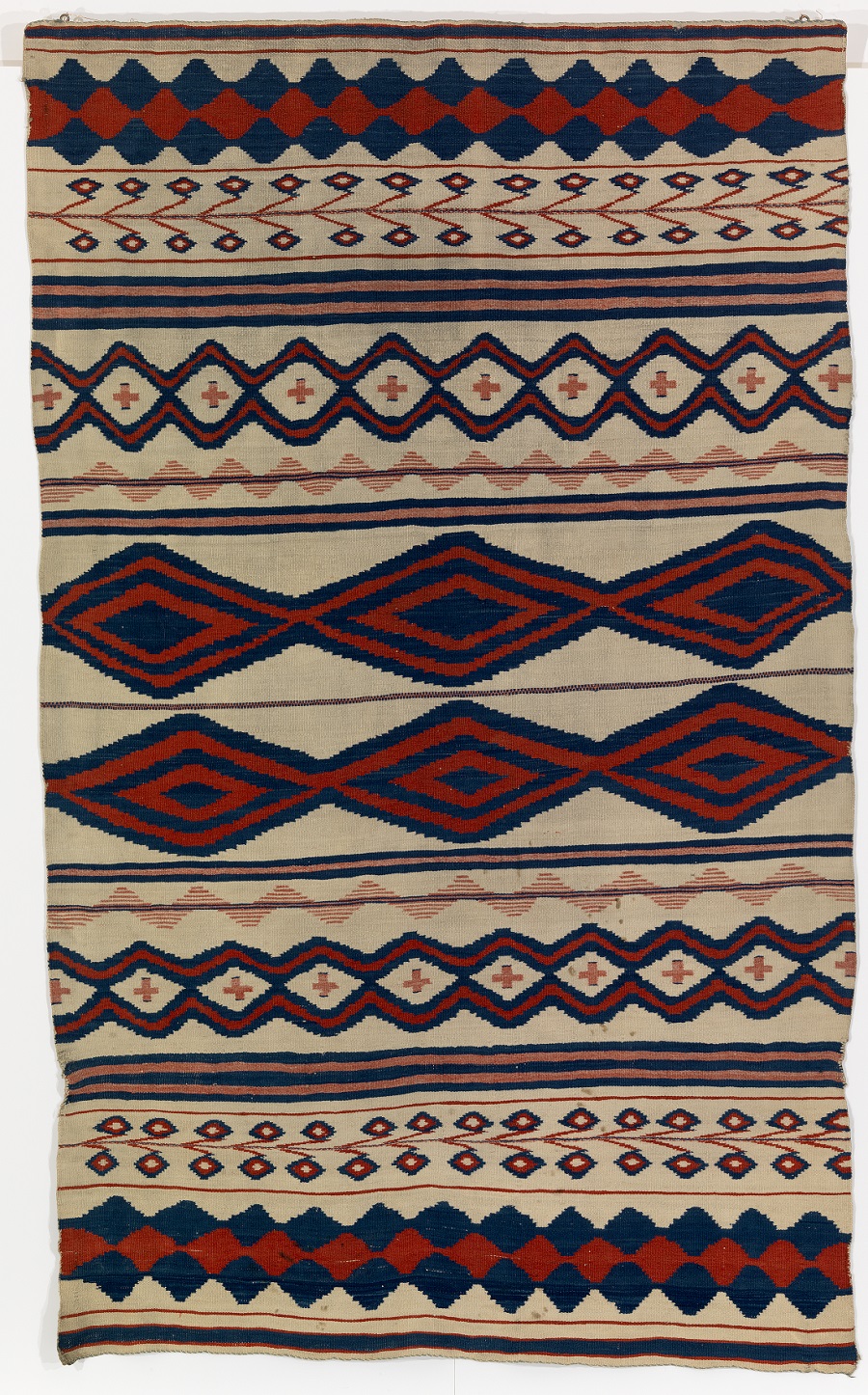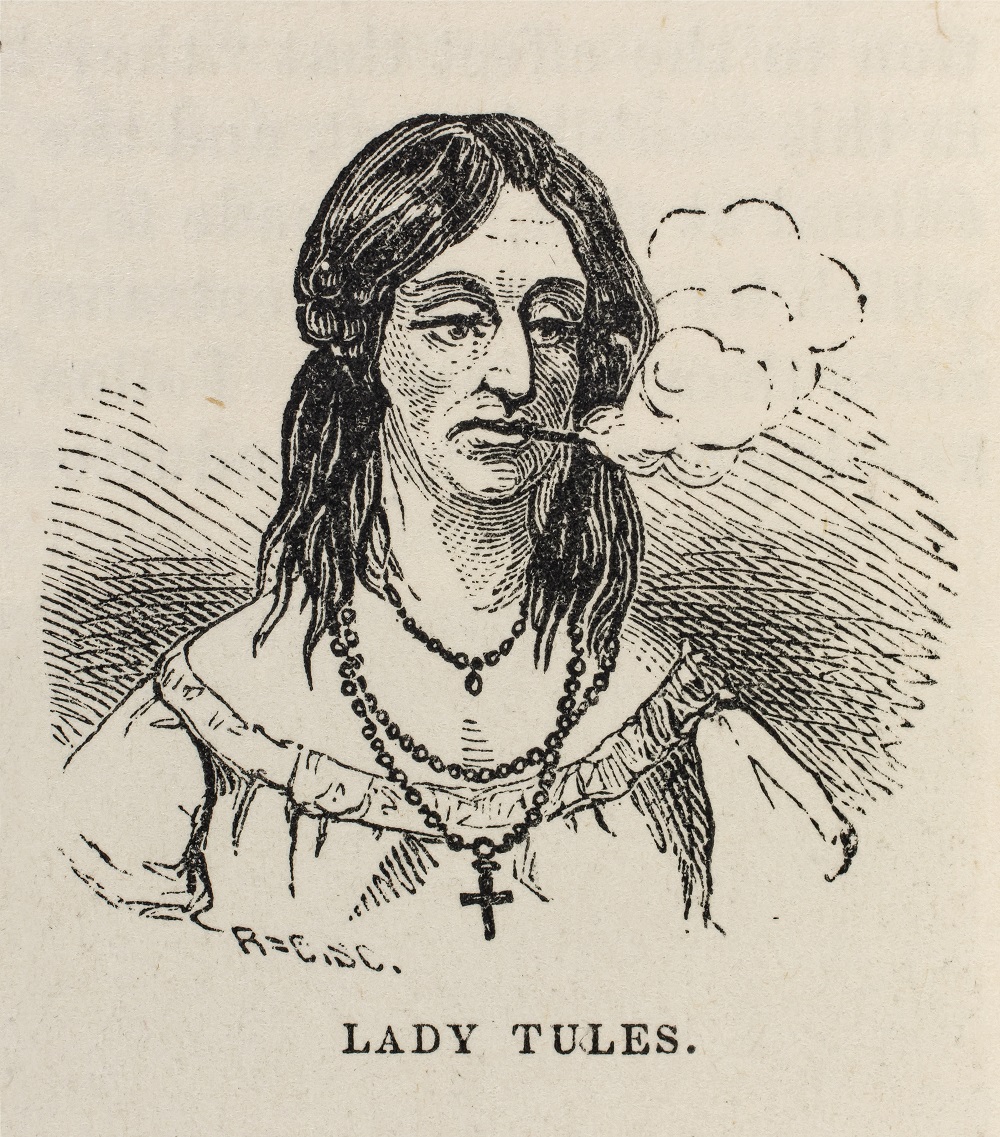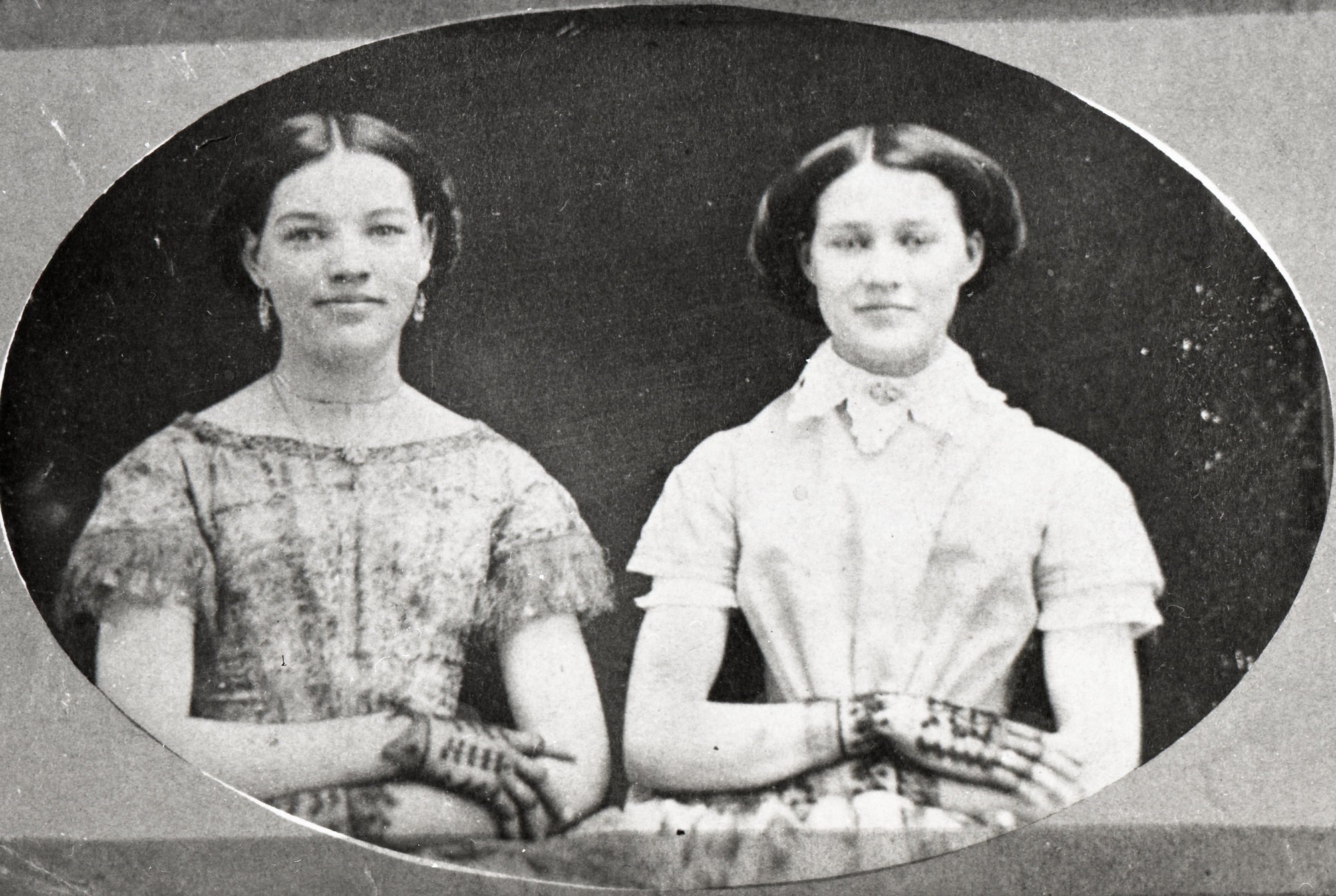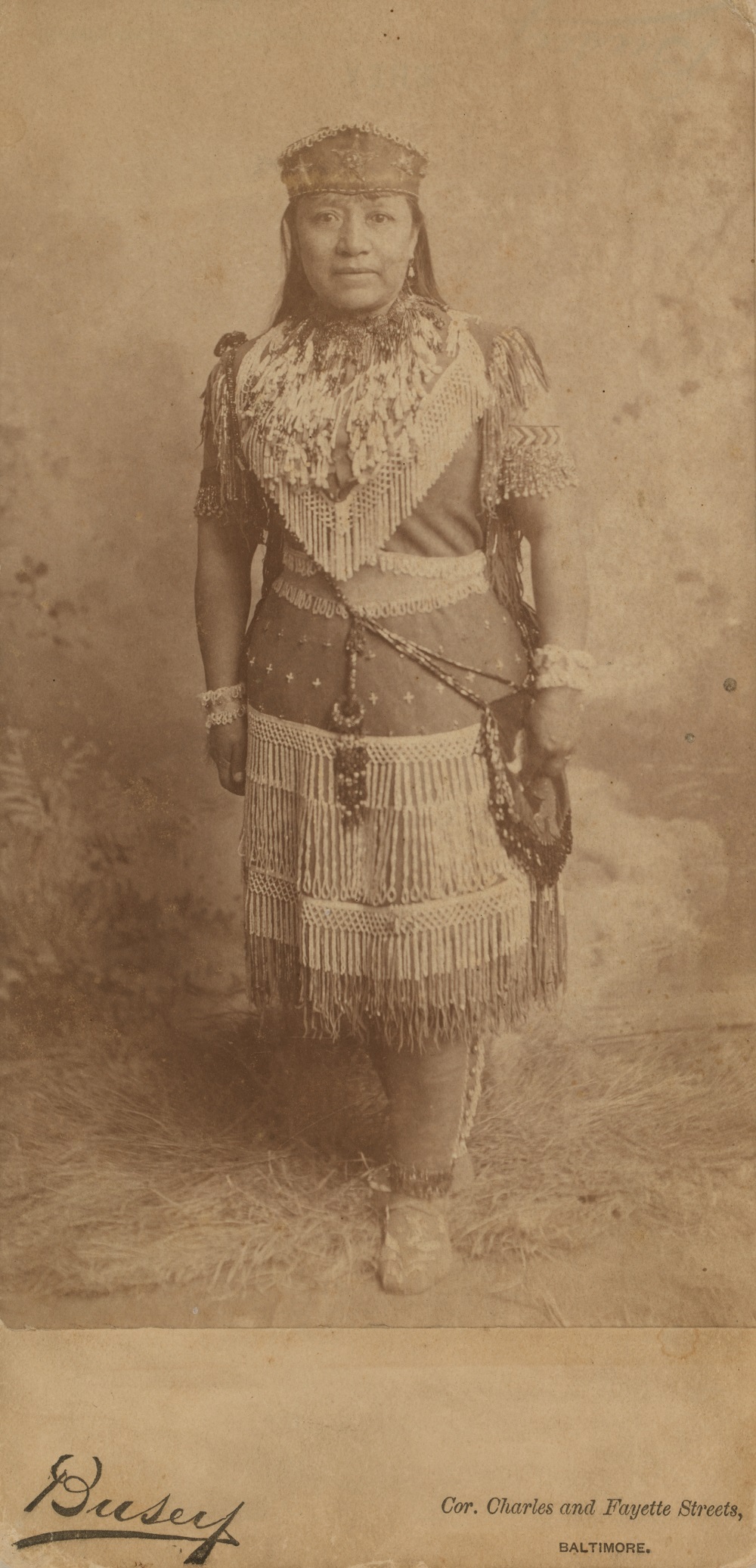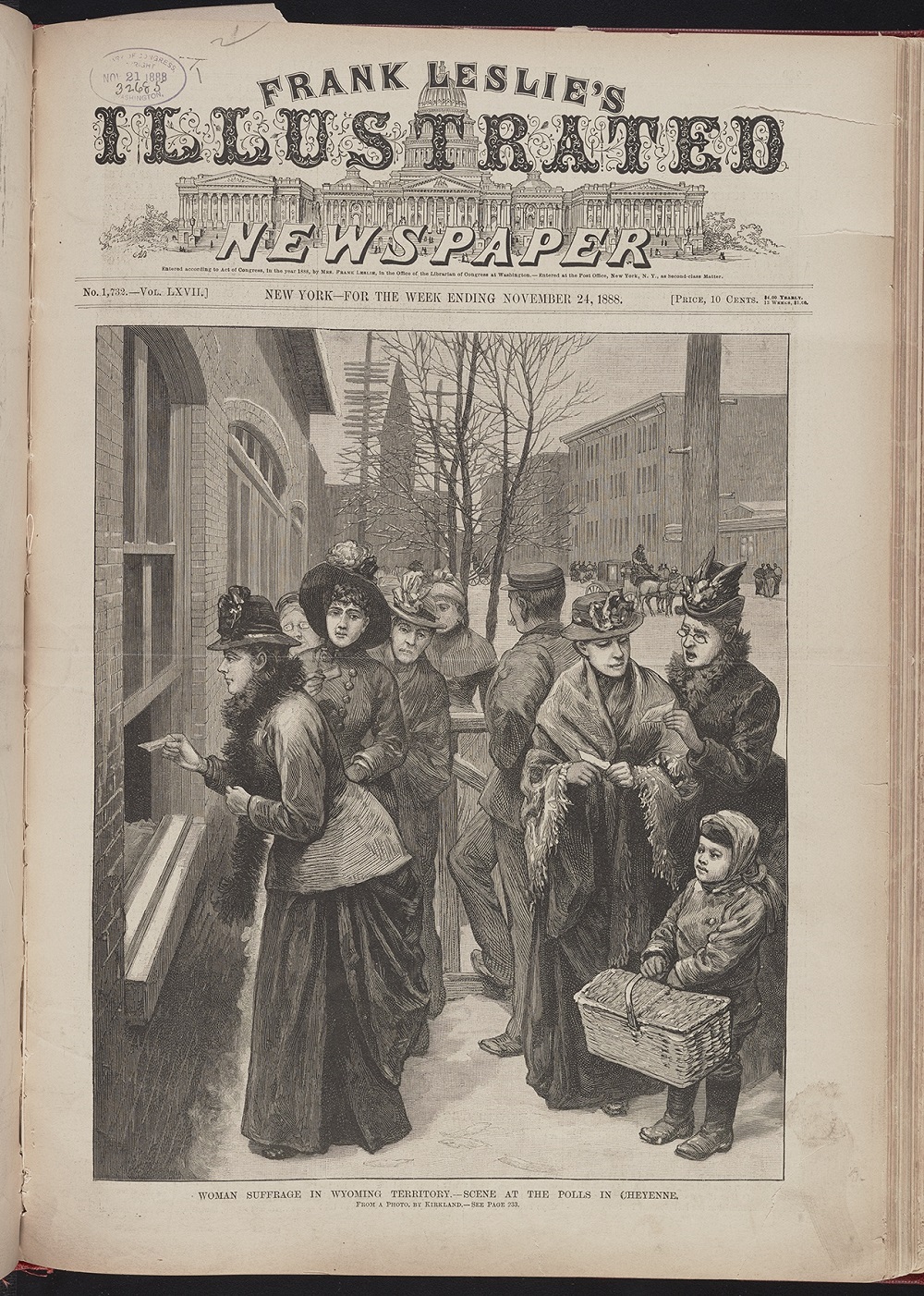Choosing Enslavement in Texas
Choosing Enslavement in Texas Document Text Summary De white folks said dat de free niggers was ruinin’ de other slaves. Mammy was called a free woman by her master. Mawster Jack Hamilton brought her to Texas f’om Randolph County, Alabama, Dey come to Texas in 1847. Little befo’ de beginnin’ ob de Civil War mammy left de Hamilton place, and hired out to other white folks. Mawster Jack said dat he wouldn’t hold no claim gainst her ‘cause he didn’t believe in slavery. But befo’ mammy left Mawster Jacks’s place I was bawn in a box cabin near de big house. White people thought that the existence of free Black people made enslaved people think they should be free. My mom’s enslaver considered her free. He brought her to Texas from Alabama in 1847. Before the Civil


